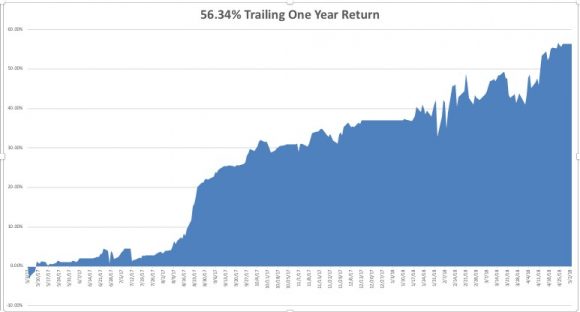My first contact with Iran was during the horrific 1980-88 Iran-Iraq war. I was a war correspondent for The Economist magazine living in the Kuwait Hilton.
Early every morning, hotel staff hurried down to the beach to clean up the remains of shark-eaten bodies that had washed up from the pitched battles overnight. It was essentially a replay of WWI. More than 1 million died, and poison gas was a regular feature of the conflict.
You are either getting killed yourself, or are having a fabulous day today because of the end of the U.S. participation in the Iran Nuclear Deal, depending on your sector exposure.
If you own energy producers, like the oil majors we have been bullish on for several months, including ExxonMobil (XOM), Occidental Petroleum (OXY), and Chevron (CVX), you are sitting pretty.
If you own energy consumers, such as Delta Airlines (DAL), and Consumer Staples (XLP), which we have been dissing to the nth degree, you are taking it in the shorts.
But what happens beyond today?
For the short term, you can expect nothing to result from the American abrogation of the treaty, which even the administration's own Secretary of Defense, Marine Corps General James Mattis, strongly advised against.
Three years into the agreement, very little trade between Iran and the U.S. actually took place. The big Boeing (BA) aircraft order never showed. American oil companies were gearing up to bid on the reconstruction of Iran's oil infrastructure. But so far it has been all talk and no do.
If you were looking forward to getting a great deal on a new Persian carpet you're out of luck. But there is an ample supply of used ones on the market.
At the end of the day, the Iranians would rather do business with Europe, treaty, or not. It is the natural trading partner, is close, and most of the Iranian leadership was educated at continental universities.
The European Economic Community (EEC) offers far larger export subsidies than the U.S. ever would. Remember, Iran was once a quasi-British colony. And let's face it, Iran never trusted the U.S., given our coddling of the previous Shah.
It is most likely Europe, Russia, and China; the other signatories will continue with the treaty in its current form. China will take all the oil Iran can produce, no questions asked. Russian interests are the same as Iran's, higher oil prices.
Yes, the U.S. has threatened to blacklist any bank financing trade with Iran going forward. There is absolutely no way this will work, unless the U.S. wants to ban American trade with Europe, its largest foreign customer.
If they try it, Fortune 500 companies will land on Washington like a ton of bricks, which earns up to 70% of their earnings from foreign sales. In the end all this will do is cut the U.S. out of the global economy.
Longer term, geopolitical risks will undoubtably rise. Iran will almost certainly ramp up its attempts to overthrow the government of Saudi Arabia, still the largest single source of American oil imports. It also has no cost of continuing mischief in Yemen and Syria. Iran already has a dominant influence in Shiite Iraq, which we fought a war to hand over to them.
Of course, the big winner in all of this is Russia, as it has been with almost everything else recently. Moscow loves higher oil prices, enabling Putin to deliver the higher standard of living he promised in last month's presidential election. It also gives him another opportunity to stick a thumb in America's eye, which he apparently loves to do.
Trump can threaten war all he wants, but the Iranians know this is nothing but a bluff. After 17 years of war in Afghanistan, the U.S. his little appetite for another one. Even though we are officially out of Iraq, it is still a massive drain on the U.S. budget. And we still haven't paid for the last one, unless the Chinese want to lend us more money.
In the end it will depend on how long oil will stay this high. The end of the treaty is worth at least $20 in higher oil prices. If oil continues to appreciate then it brings forward the next recession, possibly by years. Energy is a major component in the inflation calculation, which should now speed up smartly and crush the bond market, bringing higher interest rates.
Rising oil prices, inflation, and interest rates with a flagging global economy? Not good, not good.
While U.S. fracking production is rising, it can't increase fast enough to head off the current oil price spike. Production can't be ramped up faster because the U.S., with production now more than 10 million barrels a day, is oil infrastructure constrained, and much of the new infrastructure that has been added is aimed at increased oil exports, not domestic consumption. It makes a big difference.
And why are we focusing on the country that has zero nuclear weapons, primitive technology, and an economy in free fall, while ignoring the one that has more than 7,000 (Russia)? Will someone please explain that to me? Remember, Iran is a country that still relies on camels and donkeys as a major mode of transportation.
So you can take your nuclear treaty and toss it in the ash can of history. The problem is that it may cost you and your portfolio a lot more than you think.
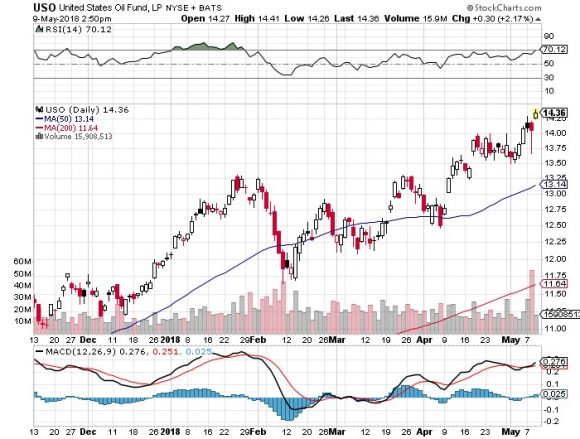
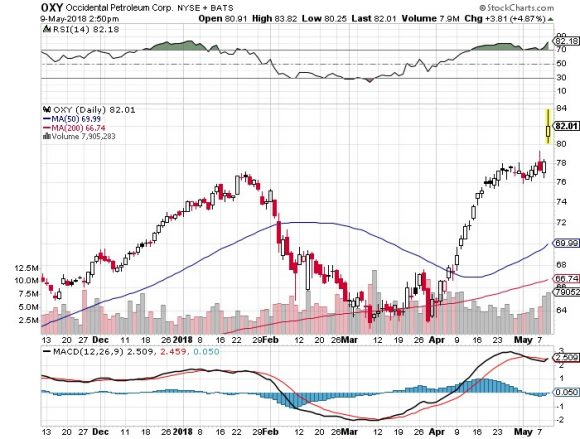
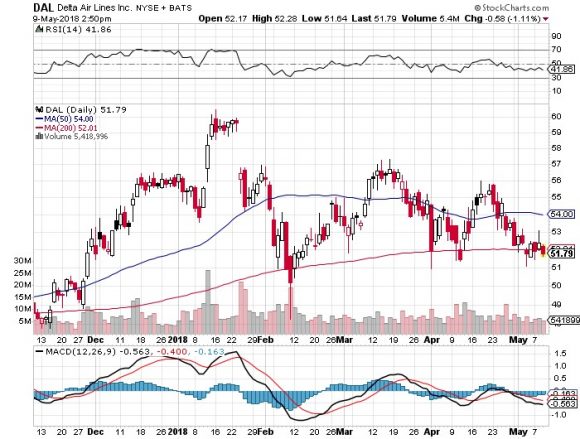
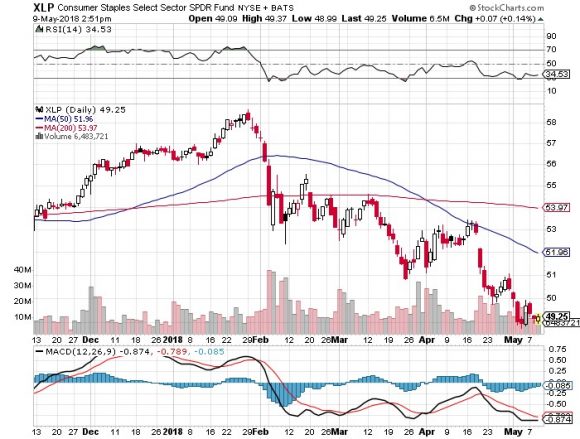

Meet Your New Earnings Driver













